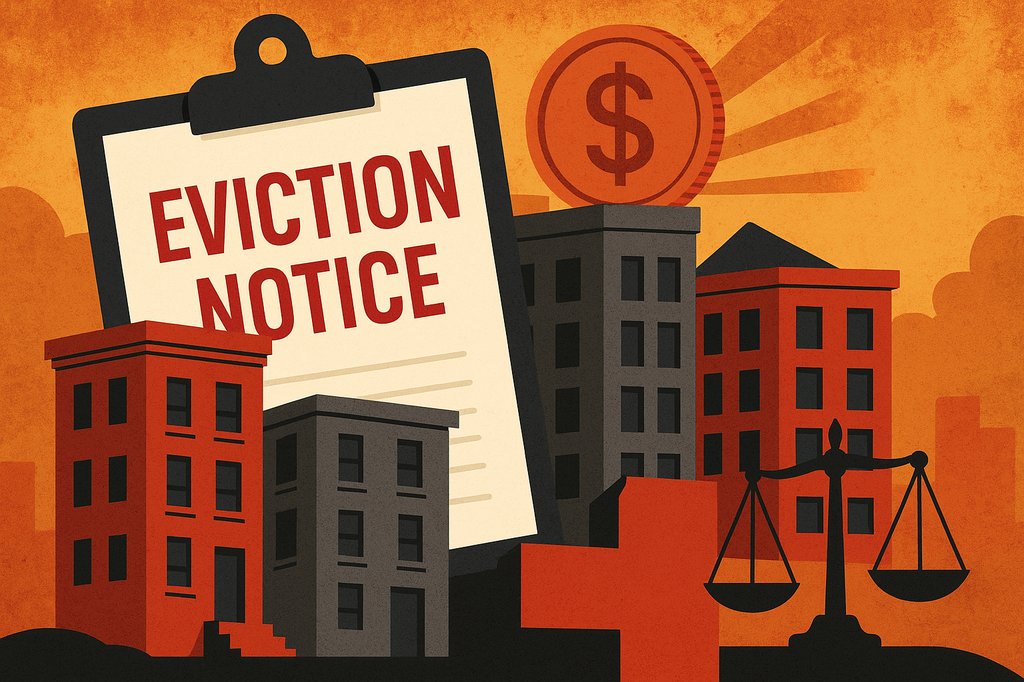No-Cost Steps Multifamily Management Teams Can Take Right Now To Improve Rent Collection Rates

By Patrick Carroll
There’s a saying – “You don’t fix the roof when it rains” – that offers a lesson for businesses. It is a lesson many businesses across industries had to learn when the Covid-19 pandemic hit. The sudden changes threatened the business-as-usual mentality they had become accustomed to. In multifamily, this lesson presented itself in the form of delinquent rent payments. The industry as a whole braced for a sharp decline in rent collection as unemployment soared, leaving many properties scrambling to put contingency plans in place.
However, during the first shutdowns, some owners and operators found that being well-prepared kept their multifamily boat above water. Despite the increase in delinquent rent payments across the board, many properties are still collecting rent at rates similar to last year (paywall). The key is – and has been – working with residents and building trust.
Now, several months into the pandemic, with Covid-19 cases reaching new highs and some restrictions being put back in place, the multifamily industry is bracing for another wave of uncertainty. But there are a few no-cost steps property managers can take right now to improve communication and trust with residents. These steps can help support a higher return of rent payments and better the experience for both parties moving forward.
Reach Out To Residents Directly
Mass emails and notices at the door might be an efficient way to let renters know about policy changes or expectations, but in these trying times, residents want to know they are being cared for. Reaching out in a more personal and direct way can make residents feel heard, help ease their concerns and build trust. A resident who trusts their property manager is more likely to stay when their situation turns around for the better.
Direct communication – like a phone call – with each resident can help property management teams identify significant needs that they can help meet – easing the burden on renters. It can be as simple as setting up a program that allows for easier grocery delivery for residents who don’t feel comfortable going to the store, or connecting them with resources in the community to assist with making rent payments consistently during hard economic times.
Once that connection is established, it’s essential to continue reaching out on a regular basis. Unfortunately, many people will continue to struggle financially with job losses. Consistent touch points with renters builds trust, while helping management teams avoid any surprises. If you know a resident might be facing a financial hardship, you can get ahead by working with them and creating a plan.
Communicate Effectively On Processes In Place
On top of reaching out directly, make sure residents are aware of the processes that are already in place, especially as they pertain to safety and rent collection. Remind renters about online payment portals or virtual resources to help with maintenance. It’s essential to keep them appraised of cleaning measures and what amenities are open and available.
Most importantly, make sure residents are aware that they can work with the property management team to come up with a plan for rent payment. Some residents may need more flexibility. This could mean allowing them to pay smaller amounts more often, as money comes in, rather than one large payment on the first of the month, permitting credit card payments or deferred payments that are made up later in the lease or looking into using the security deposit to help soften the financial burden. The key is working with them to find a plan that benefits both parties and will make renters feel safe while helping properties meet their financial benchmarks.
Continue To Build Relationships
When financial hardships hit residents, the key to staying afloat is to continue to build relationships and never lose sight of the residents’ experience, even if the industry is dealing with its own hardships. Before this pandemic, Forrester Research conducted studies showing higher revenue growth for companies that focus on their customers’ experience. Forrester Research also zeroed in on companies with high customer experience metrics between the tumultuous period between 2007 and 2012. Their study found these companies with high achievements in customer experience had double-digit gains during this period.
These no-cost opportunities to enhance the customer experience can be the first steps to creating trust. But just like trying to fix the roof in the rain is a poor plan, so is only starting to care about the customer when things get tough. Build trust through active programs that exist outside of events like a pandemic. My own company focuses on establishing relationships with customers by finding innovative ways to impact the daily lives of residents. Finding your program or process can build the trust needed for residents to work with you during tough times.
Customer experience is not a lever you pull to fix an issue. It is a sustained commitment to align your business around your customers’ needs with the belief that when they are satisfied, your business will thrive. That takes time. Start your program now, build trust with your residents and see the results shine through no matter what challenges your company faces.
Patrick is Founder and CEO of CARROLL, a national real estate firm combining institutional investment capacity with real estate operations. CARROLL is a national real estate investment company that combines the infrastructure and capabilities of an institutional investor with a best-in-class team of real estate operations professionals. This unique combination of skills has allowed us to become a top national real estate owner and operator.








